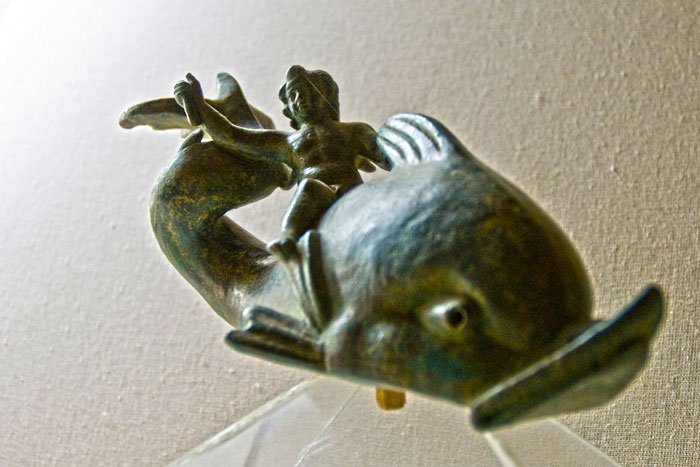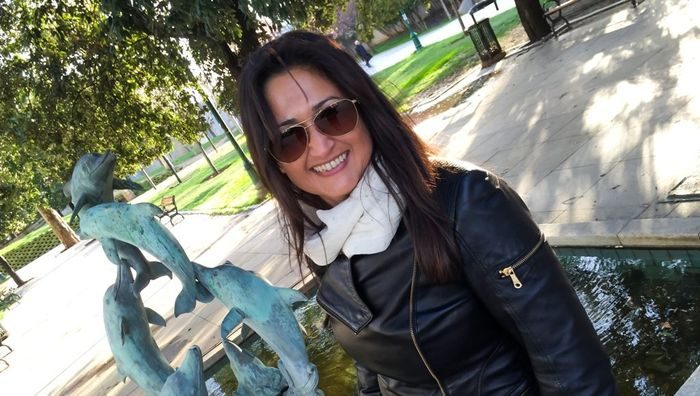Ephesus guide – Ephesus symbols
Ephesus guide – Turkey has long been a place where different faiths converge. There are several religious signs and symbols in Ephesus, which give us subtle clues to its rich history as a homeland to these faiths – in particular, Christianity and Judaism.
We know that Jewish people have lived in Turkey for thousands of years, and that at the time St Paul came to Ephesus, there had been a Jewish community numbering around 10,000 people for around 300 years. The Book of Acts refers to Ephesus’ Jewish community and synagogue.
Ephesus guide – in Hellenistic times, Jewish people were granted citizenship and were exempt from military service in accordance with their beliefs. In short, the Romans were tolerant of people from different religions as long as they paid their taxes and did not cause any trouble for the Empire.
Jewish synagogue in Ephesus
It is believed that the Jewish synagogue in Ephesus is located in the area behind the Celsus library; however, this has not yet been excavated. There is also an inscription in Ephesus’ Church of Mary, which suggests there was a synagogue close by. A glass bottle with a seven-branched candlestick (menorah) was also found near here, which supports this theory.
The etrog (a citrus fruit similar to a lemon); the menorah and the lulav (palm branch) have long been important symbols in Judaism. The menorah is a seven-branch candleabra used in the Temple, and a symbol of wisdom guided by light. In Judaism both the lulav and the etrog are used in some rituals during the festival of Sukkot. The etrog is said to represent the heart because of its shape and the appearance of its seeds inside, when cut; while the lulav represents the spine. In ancient times, they were most likely used as a means of identifying fellow Jews, and as a symbol of community in a sometimes-hostile world “Ephesus guide”.
In Ephesus, there is a carving on the portico of the Celsus Library; which features a menorah, with a very small etrog to its left; and although it is very difficult to see, in the bottom right part of this carving there is a lulav (palm branch).




